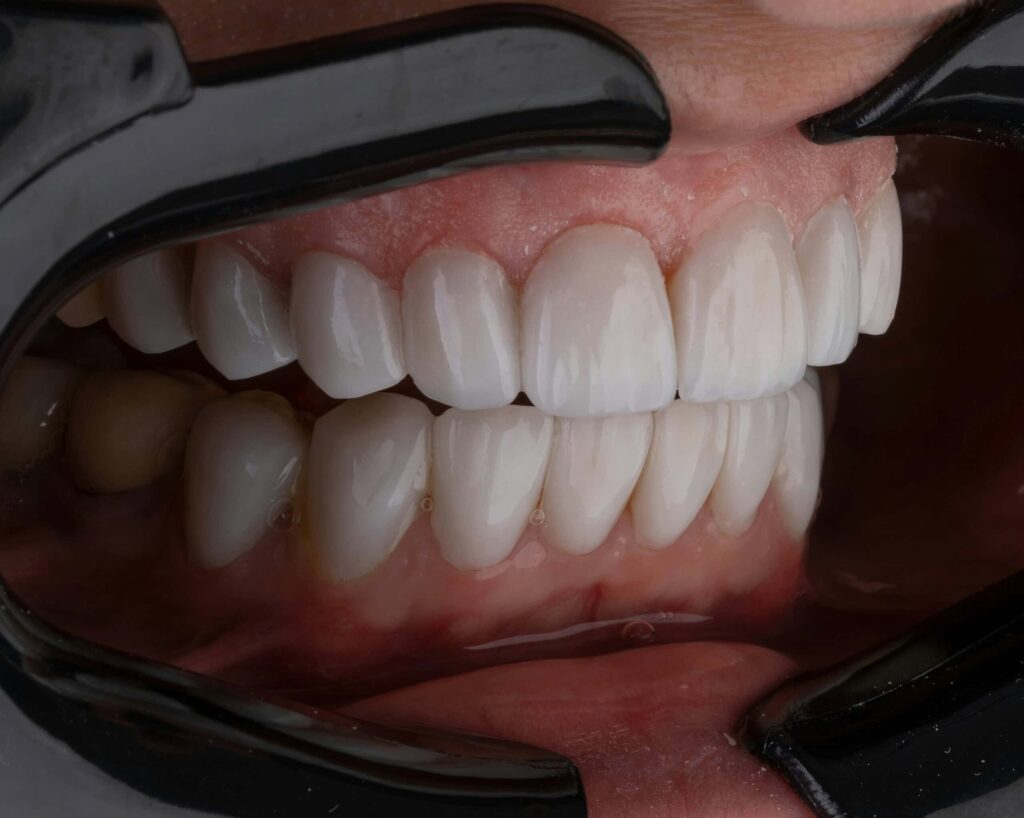
Dental implants have long been hailed as a marvel of modern dentistry, but they have always lacked one crucial element: the ability to replicate the sensory feedback of natural teeth. This gap has now been addressed by a team from Tufts University, who have unveiled a bioengineered dental implant that not only fills the gap but also integrates with the mouth’s sensory connections.
For decades, dental implants have been unable to provide the sensory feedback known as dental proprioception, which allows individuals to feel the pressure and texture of food through their teeth. Traditional implants, typically made of titanium and ceramic, are anchored directly into the jawbone, bypassing the periodontal ligament—a soft tissue rich with nerve endings that connects natural teeth to the jaw. This ligament is essential for the nuanced feedback that makes chewing precise and speech fluid.
Revolutionizing Dental Implants
The Tufts University team has designed an innovative implant wrapped in a biodegradable, memory-foam-like nanofiber coating. This coating contains stem cells and a potent growth protein, FGF-2, which encourages the development of nerve tissue and guides the implant to grow. The goal is to recreate the missing nerve link, restoring the feedback loop that keeps the bite in sync.
Moreover, the installation process of these new implants has been reimagined. Unlike traditional methods that require drilling into the jawbone, the Tufts implant uses a “press-fit” technique. This method involves inserting the implant smaller than the space it is meant to fill, allowing it to expand and fit snugly without the need for drills, reducing trauma and recovery time.
Testing and Future Prospects
Currently, the method has only been tested on rats, with promising results. Six weeks post-implantation, the implants remained secure with no signs of rejection. Micro-CT scans revealed a small, uniform gap between the implant and surrounding bone, where nerve connections are expected to grow. The next step involves testing whether these newly grown nerves function correctly by measuring brain activity in response to bite pressure or temperature.
If successful, the team plans to progress to larger animal models, such as pigs or dogs, before eventually moving on to human clinical trials. This breakthrough could revolutionize the field of dentistry, offering a more natural and functional alternative to traditional implants.
Implications for the Dental Industry
The potential impact of this innovation is significant. Approximately 178 million Americans are missing at least one tooth, and by 2026, nearly a quarter of the U.S. population is expected to have at least one dental implant. The global implant industry is projected to surpass $13 billion, highlighting the demand for improved solutions.
These new implants could address several issues associated with traditional implants. Without proprioception, patients often bite harder than necessary, risking fractures or jaw problems. Subtle speech changes can occur, and the feedback loop between jaw muscles, teeth, and the brain is disrupted. This can affect digestion, eating behavior, and long-term oral health. Some researchers even suggest that impaired oral sensation could impact brain regions associated with speech, swallowing, and memory.
Parallel Developments
This breakthrough is not the only exciting development in the field. In Japan, researchers are making strides in regrowing human teeth, while other approaches aim to achieve this in animal models like pigs. However, these methods are still in their infancy and may take years to become viable options.
In the meantime, the Tufts bioengineered implant represents a significant step forward, potentially transforming implants from mere structural replacements into dynamic, sensing systems that integrate seamlessly with the body.
“These implants may soon become much more than just plumbing and scaffolding. They will be part of a sensing, communicating, adapting system,” the study authors noted.
The study detailing this groundbreaking work was published in Nature Scientific Reports, marking a new frontier in neuroscience and prosthodontics.






